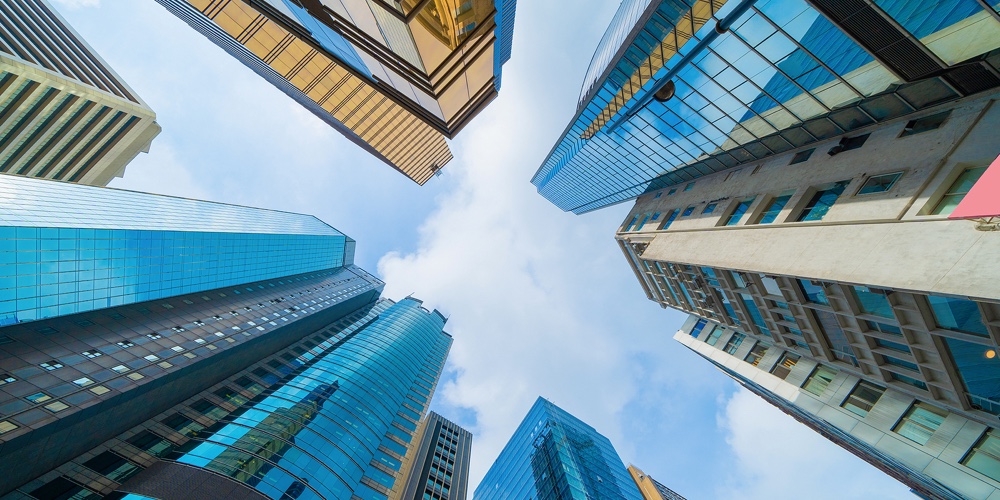Buildings don’t get the credit they deserve

Buildings often don’t get the credit they deserve. They ground your organization and play a deep, cultural role – even when many employees aren’t there. They serve as a physical embodiment of your brand, bring employees together, and allow you to bring cultural values to life. Buildings have a major impact on the people who make your credit union what it is.
Remote work is here to stay, with only 12% of knowledge workers wanting to work from an office exclusively. Yet the office isn’t going away either, as only 16% of workers want to be fully remote. An overwhelming majority agree that a hybrid workplace is the future of work, and the office will play a major role in keeping people connected.
In a traditional office building or work-from-home setting, meetings tend to only happen deliberately. This creates barriers between people and can foster a culture of isolation. People may meet with direct reports, supervisors, and a few members of their team, but impromptu collisions between employees is unlikely to happen. Yet these collisions are where the magic happens, and are so important that companies such as Zappos use employee collisions as a measure of success in their workplaces.
These collisions are vital for building relationships, spreading ideas between silos, and sparking innovation, and they represent a big part of your culture. They can be anything from water cooler conversations to coffee meetings, and the design of your office along with workplace policies plays a huge role in how these collisions happen.
Features like breakrooms where employees relax, a central staircase that breaks the isolation between floors, and unassigned open office working areas can help build a sense of community and reinforce your company culture.
How and where people work can also make a big impact. One common issue with office design is executive and management offices taking up all the windows. If a credit union wants to embrace a flatter company culture and demonstrate how they value employees, opening up the office space so that everyone gets natural light and a view can go a long way.
There can also be a disconnect between how employees best do their work and how their workspace supports them – a situation that will be exacerbated by employees coming back to the office after a year of working from home. Today’s credit union employees are spending an increasing amount of their workdays away from a dedicated workstation as they transition from routine tasks to more complex, project-based work. Having the right balance of private focused space and collaborative spaces available can not only better support their work, it can also make it easier for your employees to come together outside of scheduled meetings.
The way people work is changing, and with 2020s great remote working experiment, their expectations of what they need in a workplace are shifting even more rapidly. By embracing a building’s role in the future of work, you can adapt to these changes and gain a competitive advantage in recruiting, retaining, and engaging the best people in the industry.
To learn more about developing a workplace that supports your employees, download the whitepaper A Study of Credit Union Workplaces and the Future of Work.





